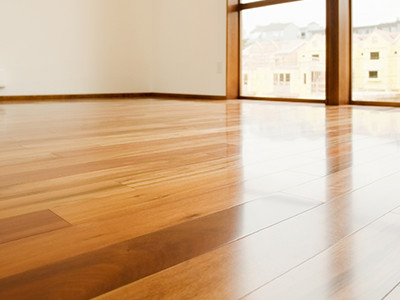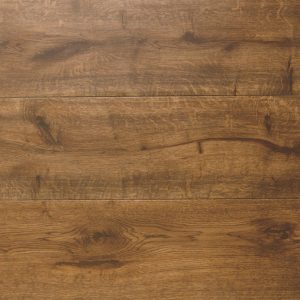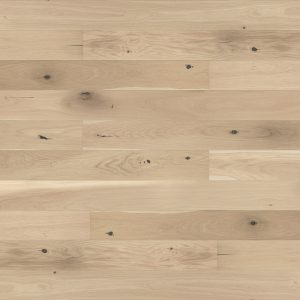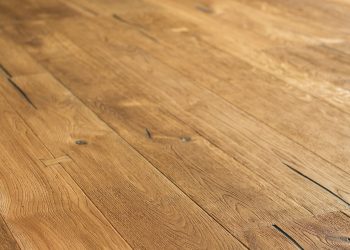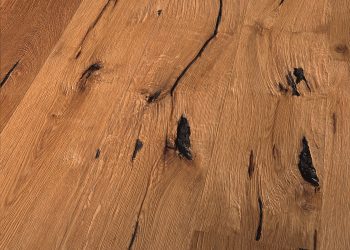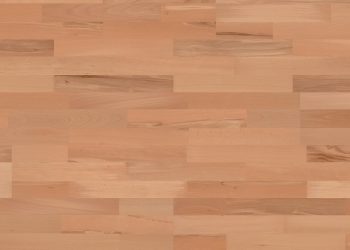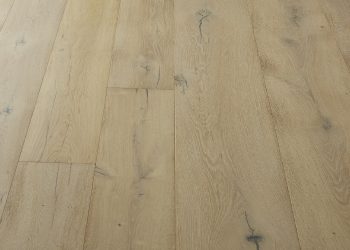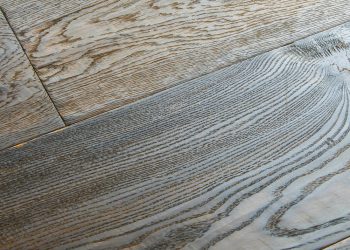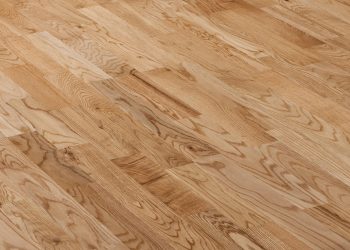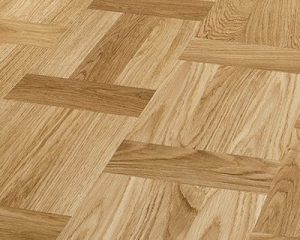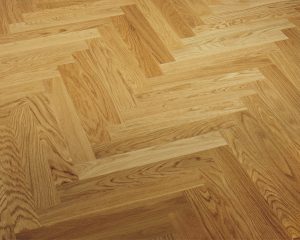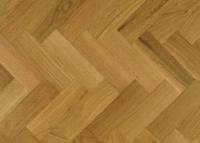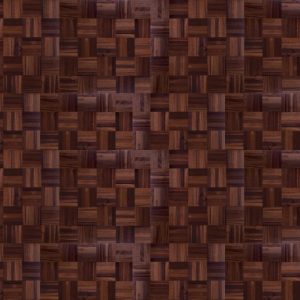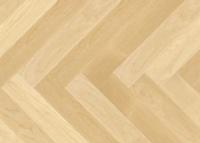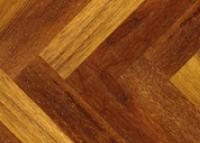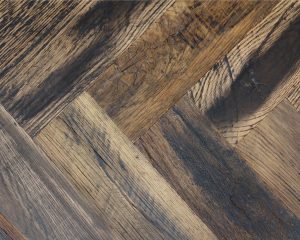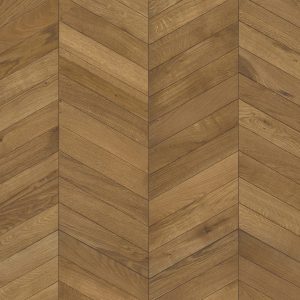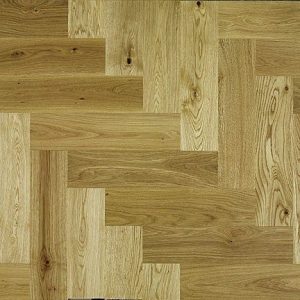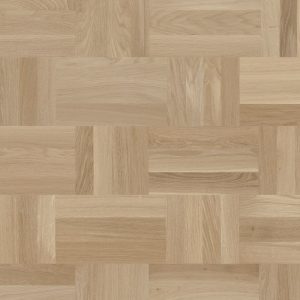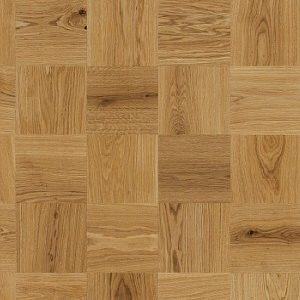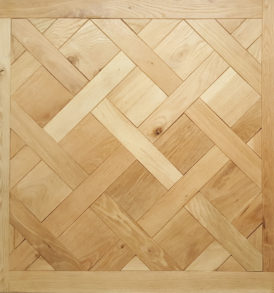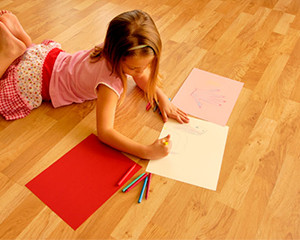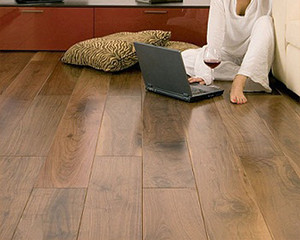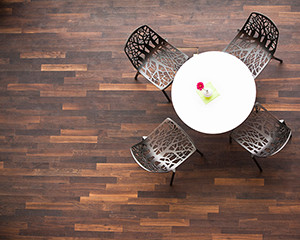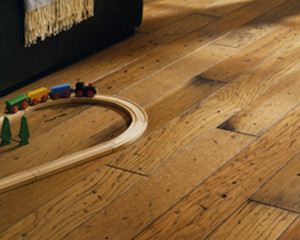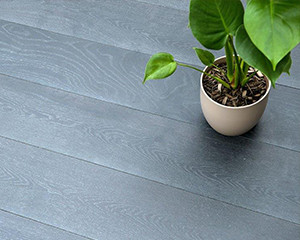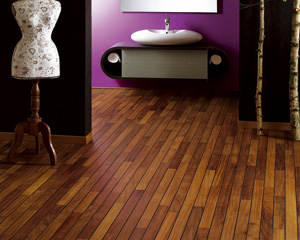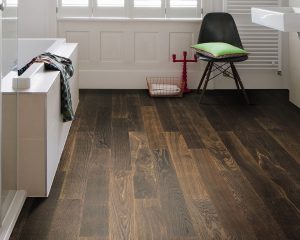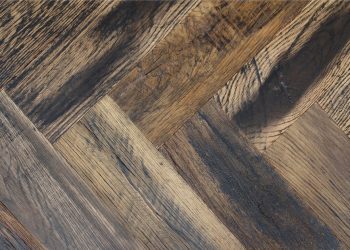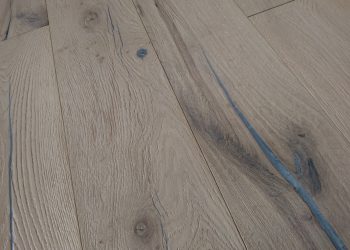In the UK many people often usethe term Herringbone to describe all forms and styles of parquetry. In actual fact, there are over 20 differentpatterns of parquet flooring with 100’s of design variations. Some of these designs such as Versailles andChantilly date back as far as the 16th century. Some of the otherpopular designs include, Basket weave, Chevron, Wood Strip, Mosaic andChequerboard.
As the name suggests, Herringboneis a pattern of blocks named after the way that the bones of the herring fishare aligned. Some of the first examplesof the pattern being used in flooring dates back to the roman period when itwas used to layout clay bricks or rectangular stones. Early architects and builders had discoveredthat the overlapping pattern not only looked good, it also added strength andresilience to the structure.

During the Tudor period verticalherringbone construction techniques were used to strengthen walls and can beseen at famous sites such as Hampton Court Palace in London. These patterns are still used today in brickpaving and, after at least 2000 years, have clearly stood the test of time.

The earliest examples of wooden herringboneflooring dates back to the early 16th century. Architects and designers, particularly inFrance, started to use solid wooden blocks to create the pattern in grand hallsand ceremonial rooms. Researchersbelieve that it replaced marble as it was easy to maintain and sections couldbe lifted and replaced if they became worn or damaged. It was also around thistime that the tongue and groove system was first introduced.
Over the centuries this type offlooring has continued to grow in popularity and was a ‘must have’ feature ofGeorgian and Victorian homes and official buildings. For a brief time, after the initialintroduction of affordable large width carpeting, wooden floors fell out offavour. However, the appeal of carpethas faded and, since the 1980’s, herringbone parquetry has become more popularthan ever before.
We asked – what is herringboneflooring. The answer is in the patterns.There are a number of classic patterns such as Single and Double Herringbone andSquare Diagonal Herringbone. These primary designs are often enhanced throughthe use of single and double borders.
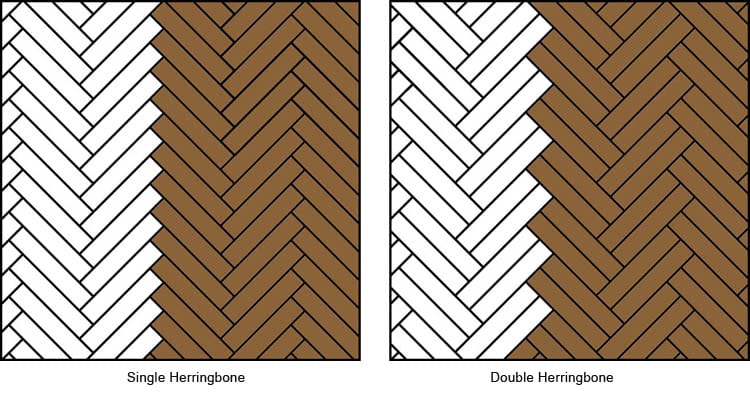
Single and double patternswithout borders are the simplest of the patterns and are aligned from a rightangle to a wall to ensure the traditional pattern throughout.
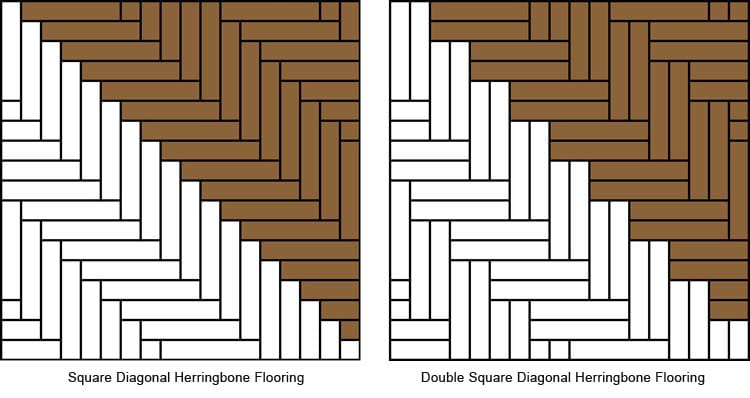
With square diagonal patterns theblocks are aligned with the walls with no angles to provide a pattern that isuniform. This pattern can be laid aseither single or double blocks.
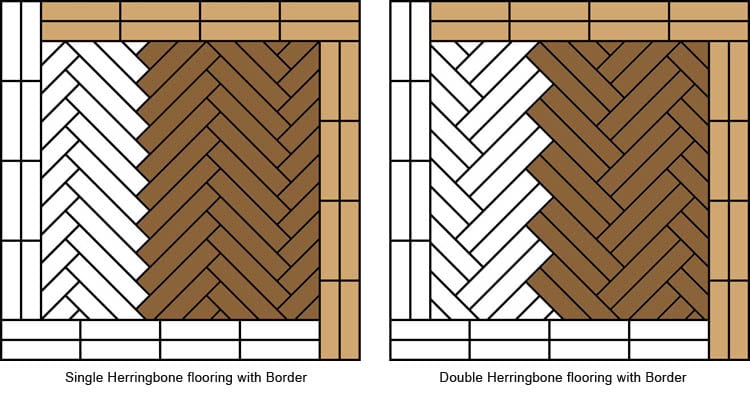
The addition of either a singleor double border allows the pattern to framed emphasising the angle to the wallor the lack of angles.
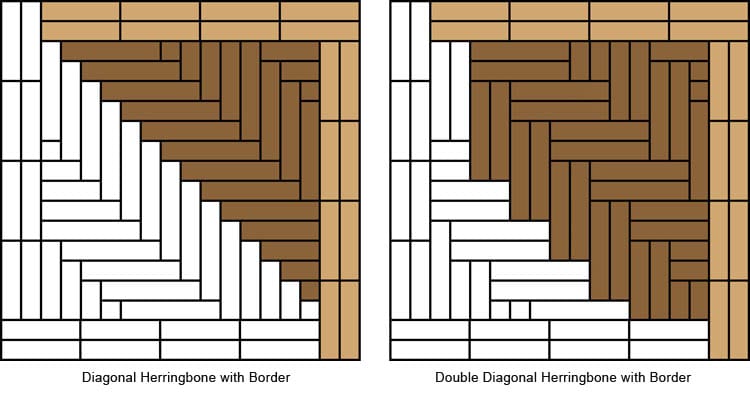
The chosen pattern is what makes thisparquet pattern an art and a skill only a select few craftsmen possess as theylay down the blocks in a perfect geometrical pattern. This style works bestwhen it covers large areas of floor space and sprawls from room to room linkingliving space and hallways. Herringbone floors are perfect for when you’recreating an expansive interior design that emphasises you own uniquepersonality. These floors can be easily balanced with other elements of theroom such as curtains, furniture and artworks. A particular advantage of thestandard design without borders is its ability to match and fit into rooms thatare not square or have imperfections in their construction alignment where longplanks would highlight the original construction errors. So, now we have a goodidea of what is herringbone flooring.
Maples & Birch provide a widerange of wood species and finishes suitable for these floors such as our NaturalOak 228mm Herringbone Parquet Block or our American Black Walnut 280mmEngineered Herringbone Parquet Block.
This style of flooring can besupplied as either engineered or solid blocks. Setting herringbone flooring is a specific skill and it is always bestto work with a skilled parquet installer to ensure a symmetry that will enhancethe overall look of your interior.
Visit our catalogue pages to see the full range available or for more information and a free consultationplease contact the Sales Team at: 0333 533 3330

